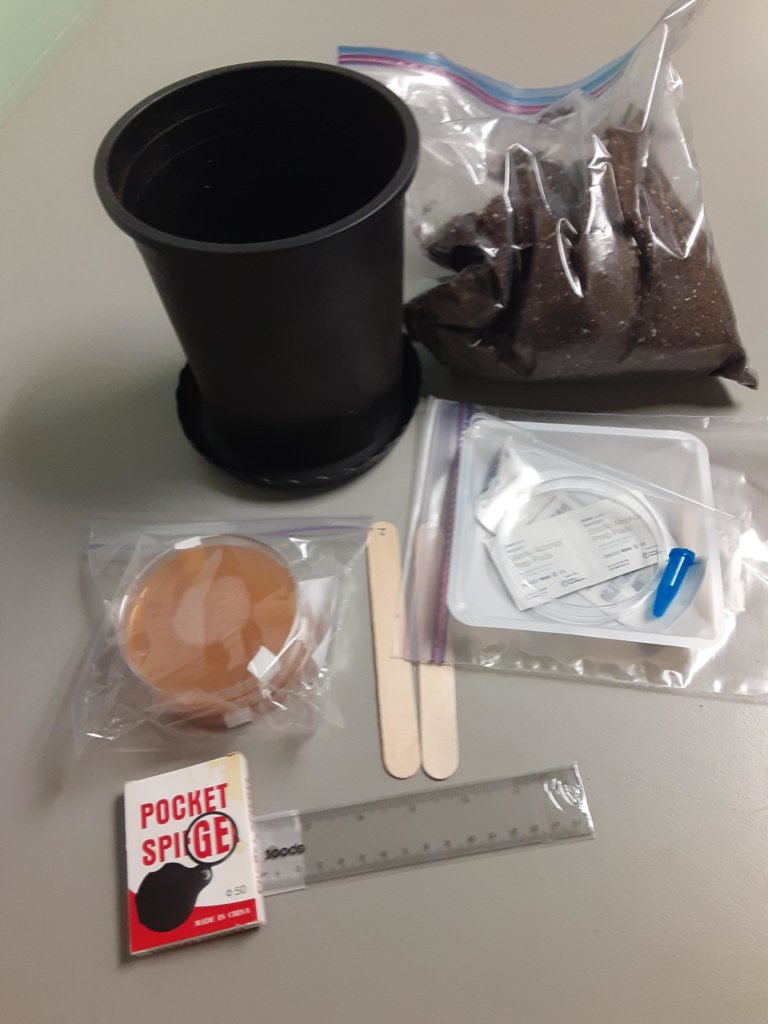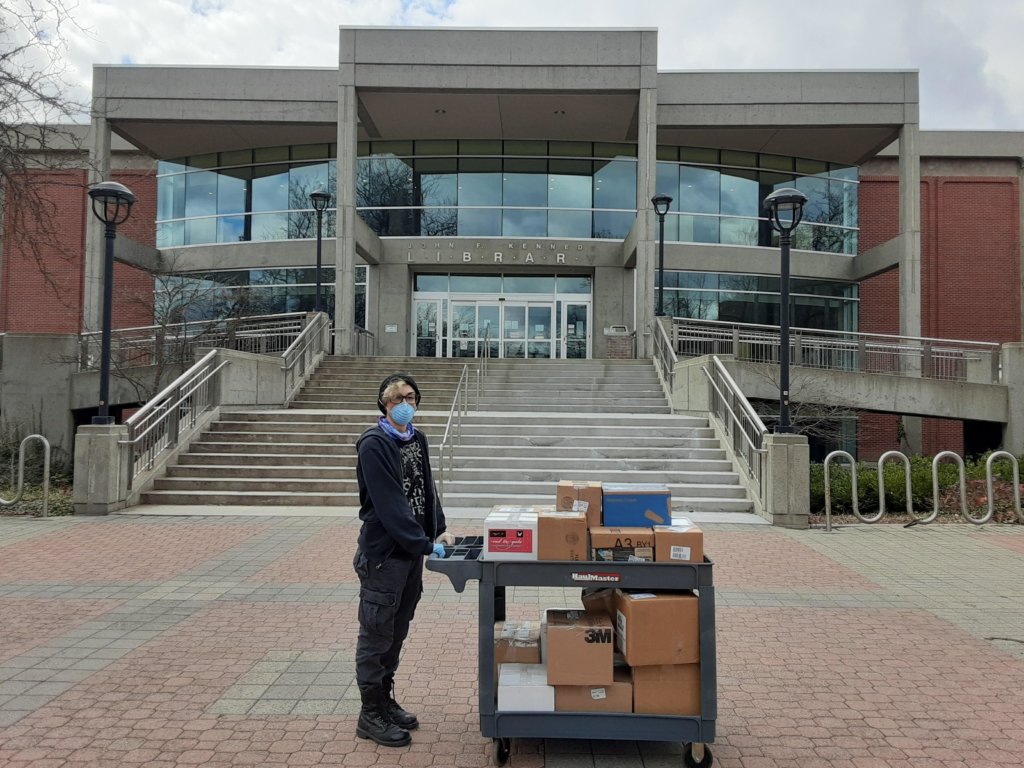With lab work being a critical component of her lesson plan, EWU Biology Professor Joanna Matos knew she had to think fast to provide students with an alternative when the pandemic forced classes online this spring.
Matos quickly moved in to action to create an eight-week, at-home lab project for Biology 345, an elective course in which students learn about different types of “symbiotic relationships”—when two or more species live together in a mutually beneficial way.
The first step for Matos was to work with her dean’s office and department staff to order supplies well enough in advance so they could be shipped to campus and be charged to course fees. Then, with the help of her graduate student Dechen Edwards, Matos meticulously followed safety protocols to create lab “care packages” and send them off to students.

“Dechen and I have been working at alternate times over the past week—while wearing protective gear and practicing physical distancing—to package up supplies for Biology 345,” says Matos.
For Edwards, the task was especially critical because she knows how meaningful this class is to biology majors. “This was the course that convinced me to go to graduate school,” says Edwards, who helped ship the lab packages to students after they were safely created.

Matos says the lab experiment will challenge students to compare the growth of two types of clover plants, one of which has symbiotic bacteria that helps the plants get nitrogen-based nutrients from the soil. “The students plant the seeds once they get their boxes, take care of the plants all quarter, take notes on the plant growth, and in the last week they’ll harvest the plants and take measurements that will help them guess which set of plants had the bacteria. They’ll be comparing photos with each other to figure out which plant set is which.”
The students will also run a separate experiment where they will harvest needles from two different types of evergreen trees, sterilize and cut the needles into fragments, and then place them on plates that have an agar (like jello) that is made with V8 fruit juice (the round, orange objects in the picture above). Over a two-week period, they’ll make observations of the different types of fungi that emerge from the cut needles and grow on the plates. Matos even plans to have a mini competition to see which student has the greatest number of fungi on their plates.
Later in the quarter, if students are able to get out to some parks, they’ll also analyze collections of lichen with the 10x magnifying loupe included with their kits. Students will be asked to upload pictures to compare the various species they’ve observed.
With her students studying remotely this quarter, Matos is thrilled about the diversity of results her experiments will produce. “It’s exciting that we have students spread all over the state and even a few in other states – the needle experiment and lichen study will generate lots of photos and information about plants that aren’t living in and around Cheney,” says Matos.
We know many of you in various departments and units are also planning and doing some special things—so please share with us by submitting your Eagle Strong story at Inside@ewu.edu. Please visit ewu.edu/strong to learn more about the university’s efforts.

